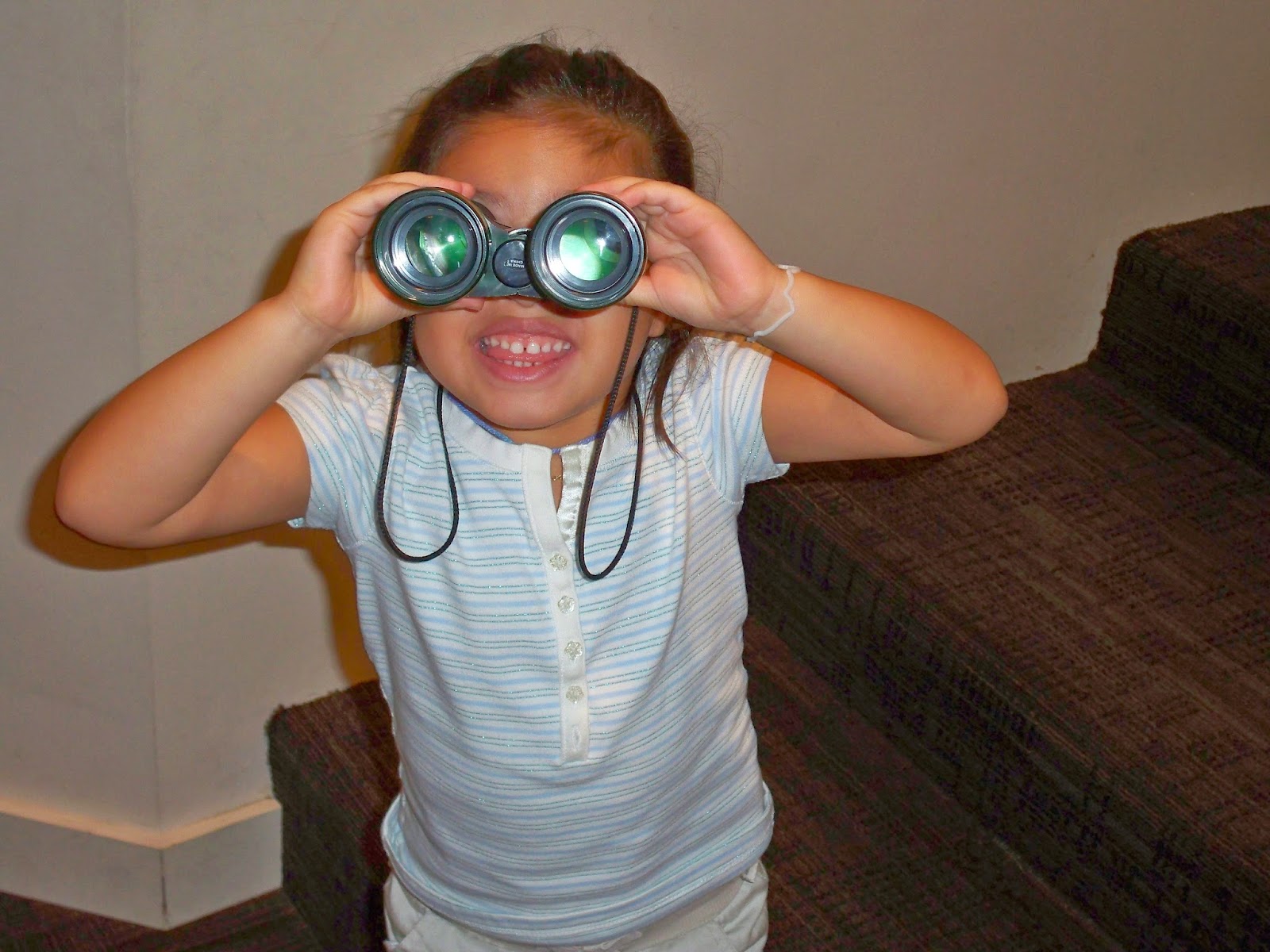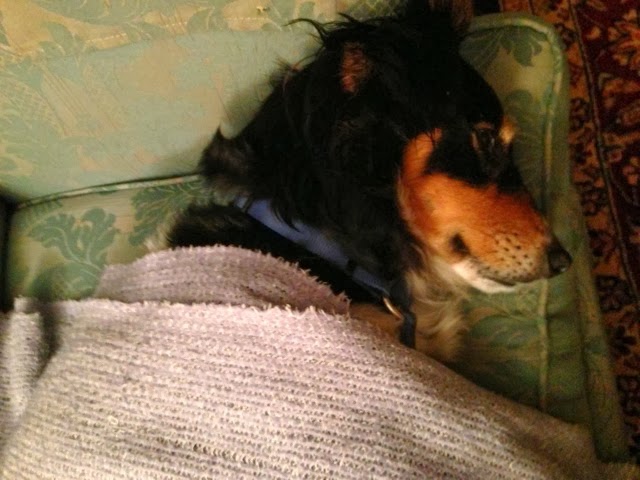A Little Enchanted
Like many children, especially now grown-up ones, I spent hours reading fairy tales. I don’t remember special favorites, only the joy I knew at the covers of the books, some of them still vivid in memory. Those stories took me to another shore, and then, when it was time to come home, they deposited me safely back again.
I know there are theories of why fairy tales are good for children, that they allow kids to face fears and work out complex feelings. But over the weekend I read the best explanation yet of what fairy tales meant to me. It comes from an essay by C.S. Lewis:
“Fairy land arouses a longing for he knows not what. It stirs and troubles him (to his life-long enrichment) with the dim sense of something beyond his reach and, far from dulling or emptying the actual world, gives it a new dimension of depth. He does not despise real woods because he has read of enchanted woods: the reading makes all real woods a little enchanted.”
So here’s to the real woods I walk in that will always be touched with magic, and here’s to the magic of this lovely explanation why.



